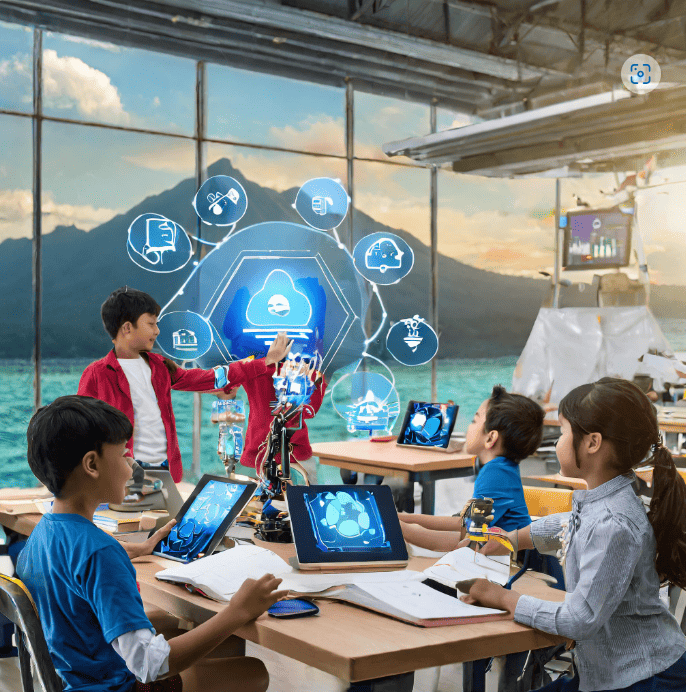Technology has had an increasingly significant impact on the education sector, with mobile phone technology upscaling the delivery and accessibility of education in the Pacific, and the growth of artificial intelligence (AI) poised to bring about transformative change in the greater Asia-Pacific region.
A research paper on Pacific tertiary students’ readiness to, and perception of, mobile phones has found that the concept of mobile learning in the Pacific region . . .
Please Subscribe to view full content...
